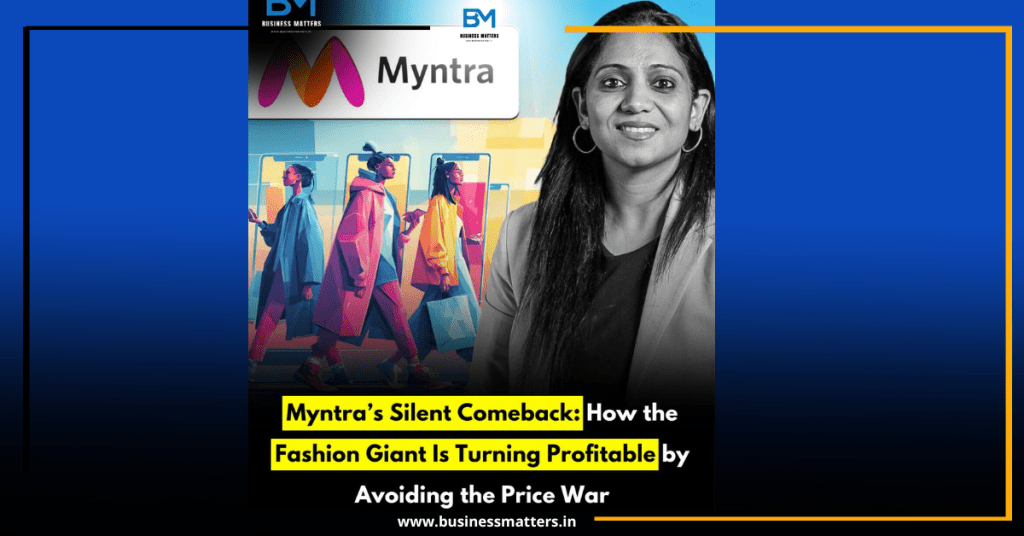Myntra, the fashion-focused arm of the Flipkart Group, is making headlines for all the right reasons. While Flipkart is gearing up for its much-anticipated 2026 IPO, it’s Myntra that’s quietly emerging as the star performer. In a space where most ecommerce players continue to chase market share at the cost of profitability, Myntra has flipped the script — turning into a rare profit machine in Indian ecommerce.
Record Profits Amid Market Struggles
For FY25, Myntra reported an impressive 18X year-on-year (YoY) jump in net profit, a feat driven by an 18% rise in operating revenue, reduced cash burn, and a significant deferred tax credit. In an industry known for its razor-thin margins and sky-high customer acquisition costs, this profitability is both remarkable and rare.
Even as Flipkart’s core marketplace grapples with intense competition and margin pressures, Myntra’s strong financial performance could serve as a critical lever for the group’s short-term profitable growth. The fashion marketplace’s turnaround is not accidental—it’s a result of strategic shifts in business focus and positioning.
Moving Away from the Price War
One of the key reasons behind Myntra’s newfound profitability is its conscious decision to move away from the low-value, discount-driven fashion segment. Instead of battling it out with players like Meesho, AJIO, Nykaa Fashion, and even its parent Flipkart, Myntra chose to focus on premium and mid-premium fashion, carving out a niche that has less price-sensitive customers.
By shifting away from the highly commoditized and low-margin segments, Myntra has been able to improve average order values, attract quality-conscious consumers, and reduce dependence on heavy discounting. This not only helped the company boost revenue but also brought operational efficiency.
Strengthening Brand Partnerships and D2C Focus
Myntra has also doubled down on exclusive brand partnerships and its Direct-to-Consumer (D2C) playbook, onboarding premium and aspirational brands across categories. This has not only differentiated Myntra from its rivals but also ensured better margins and brand stickiness.
In addition, the platform has invested in tech-driven personalization, influencer-led marketing, and immersive shopping experiences—areas that appeal to its digitally savvy, fashion-forward audience.
What’s Next?
As Myntra continues to scale profitably, it’s likely to play an increasingly important role in the Flipkart Group’s broader growth story. With Flipkart facing heavy competition from Amazon and Reliance Retail, and working towards IPO readiness, Myntra’s performance brings much-needed balance.
If the trend continues, Myntra could evolve from being just a niche fashion player to a core pillar of profitability within the Flipkart Group. Its ability to stay out of the mass-market pricing war and build a premium, loyal customer base could be a blueprint for ecommerce profitability in India.
Final Thoughts
Myntra’s transformation isn’t just about cost-cutting or revenue growth—it’s about smart positioning in a crowded market. As the rest of the sector races to the bottom with discounts, Myntra is climbing to the top with a focus on value, brand, and experience.


